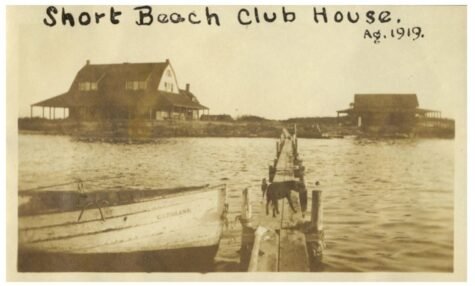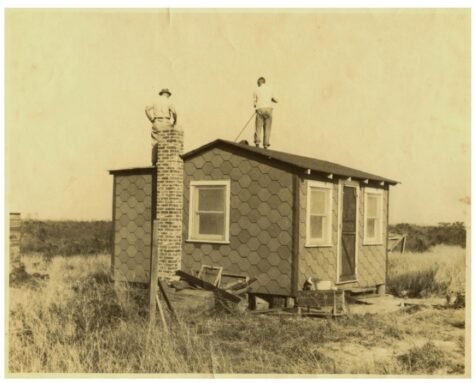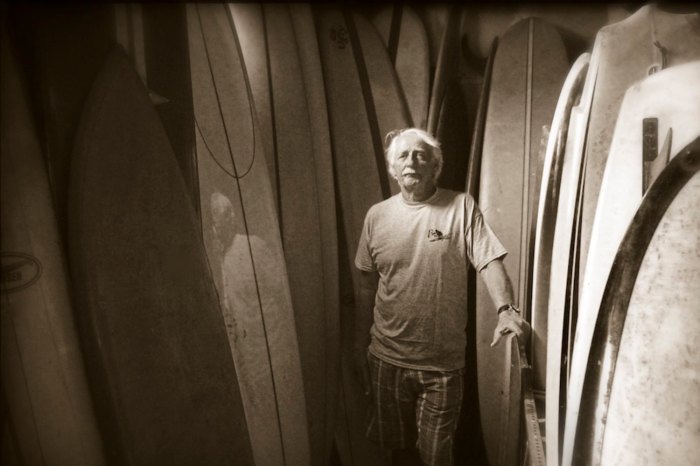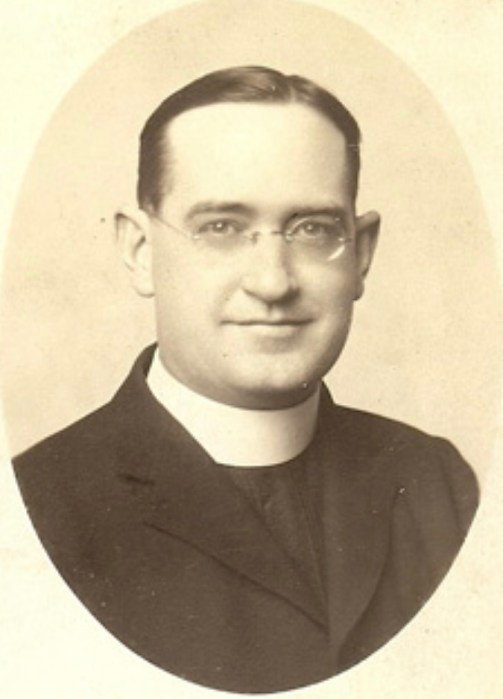


The contentious legend of how Fire Island got its name often reverts back to a mistranslation on Dutch maps, but even those who subscribe to this theory are not in agreement: did the mean translation begin as Four Islands, or Five Islands?While this debate may never be settled, in the here and now sailing vessels entering Fire Island Inlet encounter four small islands: Captree, Sexton, West, and East islands.There are approximately 60 islands in the Great South Bay ranging in size from nothing more than small colonies of saltwater marsh grasses to larger ones sharing environments similar to Fire Island itself. They are our sister islands and each one has its own history.Actually there are more than four islands near the inlet. Havemeyer Island, also known as Fisherman’s Island, is adjacent to Captree Island and the two are so close together that they can be mistaken as one.Captree Island is a large island just north of a channel separating it from Captree State Park. It is flat and almost featureless, consisting of marine grasses bisected by tidal pools and streams. It is a tidal/salt marsh, part of the South Shore Estuary Reserve where freshwater mixes with saltwater.Salt marshes are among the most productive ecosystems. They act as nursing grounds for microscopic plant and animal life which, in turn, support bird, fish shellfish, and other animal species.Captree Island was once attached in places to Jones Beach Island before the dredging of the state boat channel in 1935. Given a ground elevation along the channel of from 5 to 11 feet above sea level, Captree has provided a safe and desirable location to live. Fresh water is provided by individual wells and electricity is available. There are presently 32 bay homes along its south shore.Immediately to the east of Captree Island is Havemeyer Island once owned by Henry Osborne Havemeyer, a millionaire whose family earned their wealth in the sugar industry. He originally envisioned an estate on the bay but he went broke. The island, like the others, was pretty much nothing more than salt marsh until Robert Moses decided to continue Ocean Parkway all the way to the eastern end of Jones Beach Island.This required the relocation of three commercial fish companies: the Sunrise, Short Beach and Fire Island fish companies from Oak Beach on Jones Beach Island to Havemeyer Island, which quickly became known as Fisherman’s Island to the locals. As per Moses’ directions, the new channel dredging-spoils were pumped onto Havemeyer Island.Many of the fish company’s buildings were floated from their original locations onto Havemeyer, and soon families began construction of beach houses there, however rustic. The fishermen worked long hours for the companies. Each fishing company had a cookhouse that provided meals. The fishermen slept in bunk houses, two or three to a house, with weekends off to visit their families. Today there remain about a dozen bay houses on the south shore of Fisherman’s Island.In 1855 Islip Town passed a resolution to lease out 50-foot lots on Captree and Sexton islands for the purpose of selling saltgrass, collecting rent, and allow for erecting buildings. The fee was $25 a year. In 1887 an elegant two-story 35 square foot club house was built on Sexton Island for the Short Beach Gun Club. The gun club was active on the site until 1923 when it was destroyed by fire.There were few privately owned bay houses on Sexton Island – or any island before the 1930s. Baymen worked in areas accessible only by boat, building slap-dash shelters to protect them from the elements because their long hours prevented them from returning home each evening.These homes were cobbled together with whatever materials were available. One house was built entirely of surplus doors. Another was an old scow. Many folks used abandoned or dilapidated sheds or garages that were floated across the bay. One house was enlarged using 3-by-10 creosote floor girders towed over from Fire Island and said to have come from the remains of the Western Union Telegraph Station (built 1870, abandoned 1920 and mostly destroyed by the hurricane of 1938).The houses were mostly one-room, wood-framed structures teetering on locust pole foundations. They used shallow wells to pump a rustic grade of fresh water for showering and washing dishes. Potable water and kerosene/gasoline had to be regularly imported. They had no electricity. Mosquitoes were endemic – but the hardy souls who inhabited this place accepted conditions with little complaint.In the late 1920s a casino was built on West Island but it was damaged by the 1938 hurricane and was finally demolished in 1950. Presently, West Island has only eight families in residence.The Great Depression between the years 1928 to 1939 drove families to the bay for survival. The bay provided them with sustenance and income.After World War II some folks began building recreational getaway homes. This building boom expanded during the 1950s and 1960s, with the last house on the islands being built in 1963.With the coming of the Fire Island National Seashore future commercial operations were prohibited except in select communities. Numerous homes were condemned and removed including all those on East Island. Three from East Island were floated over to Ocean Beach and now sit just west of Maguire’s.In 2007 former Islip Town Supervisor Phil Nolan started taking a closer look at the 50-foot lot leases on these gentle islands, with rent prices remaining unchanged for decades – an unpopular move with families that had resided on them for generations. Then in 2012, Hurricane Sandy came along and ravaged many modest structures – another grim reminder of a fading way of life on the Great South Bay.However we conclude this tour with Money Island – just southeast of East Island. Adventurous souls have spent many hours there digging for Captain Kidd’s treasure without success, but those of us lucky to share Fire Island and its environs have all the treasure we will ever need. Special thanks to Brad Dale for his insights and passion on the subject – instrumental in the preparation of this article.































